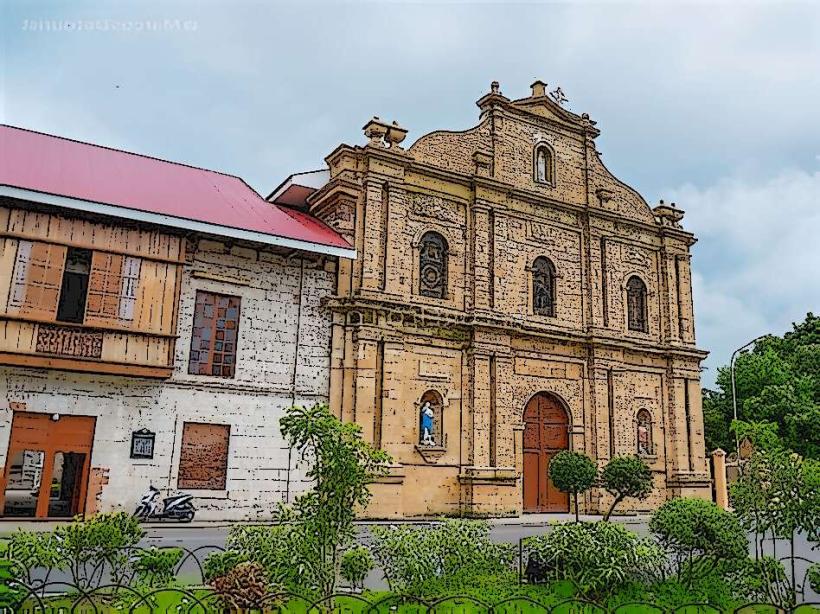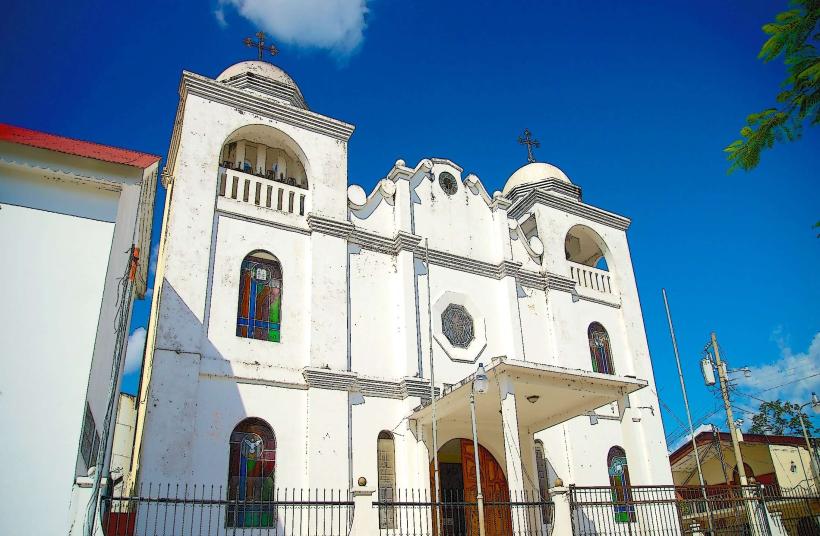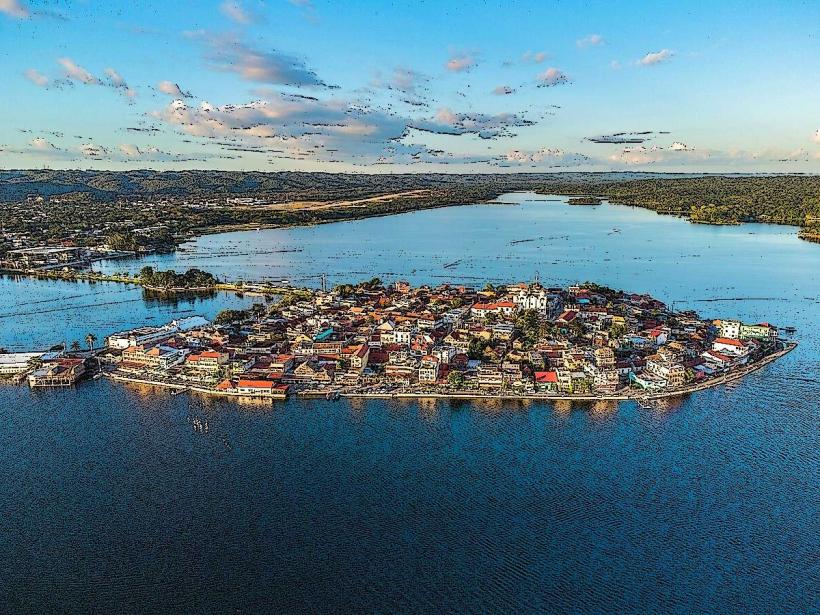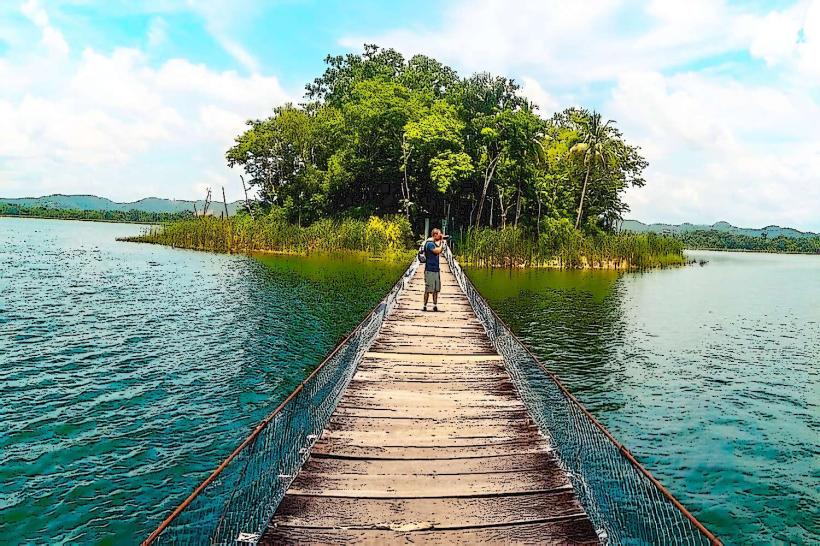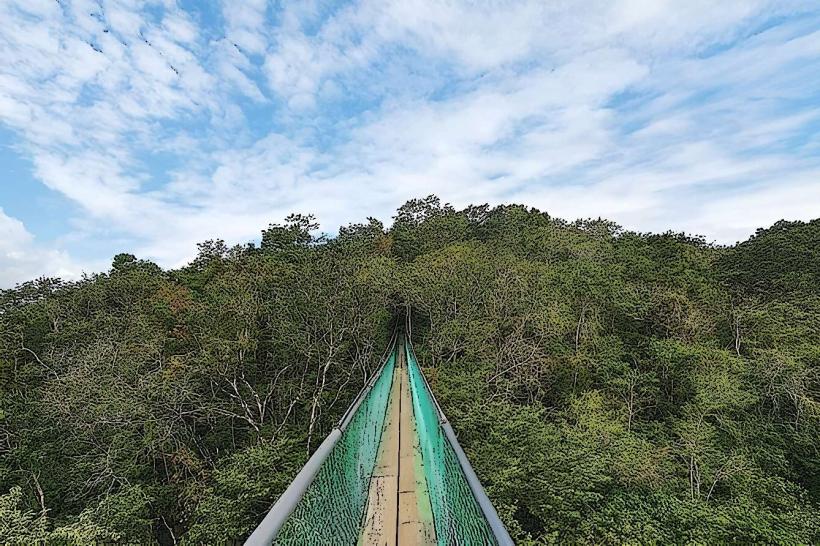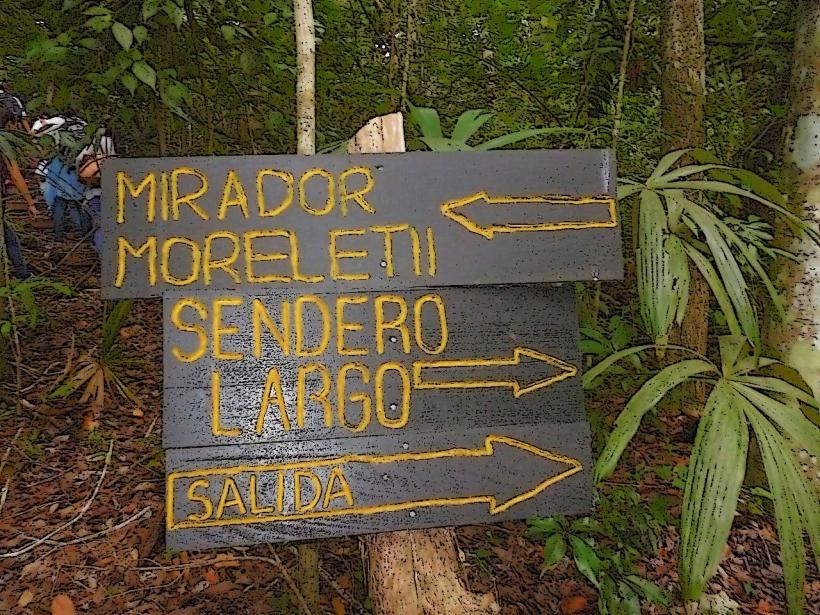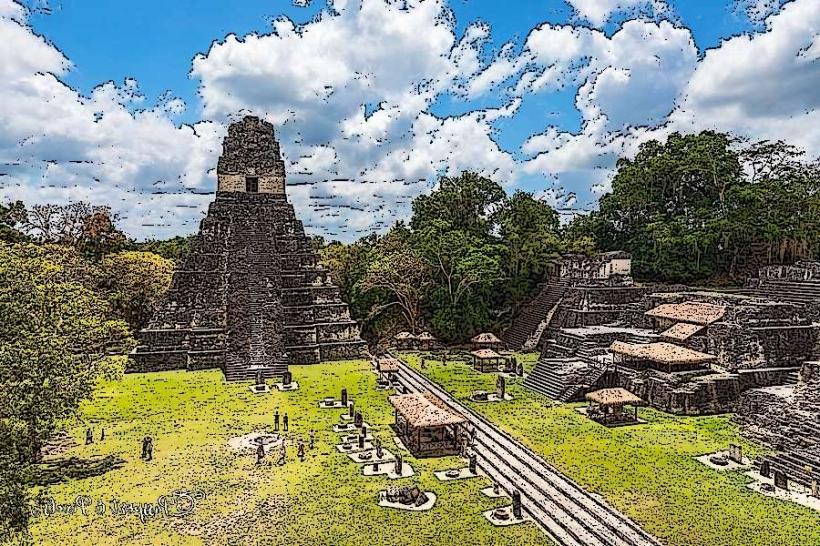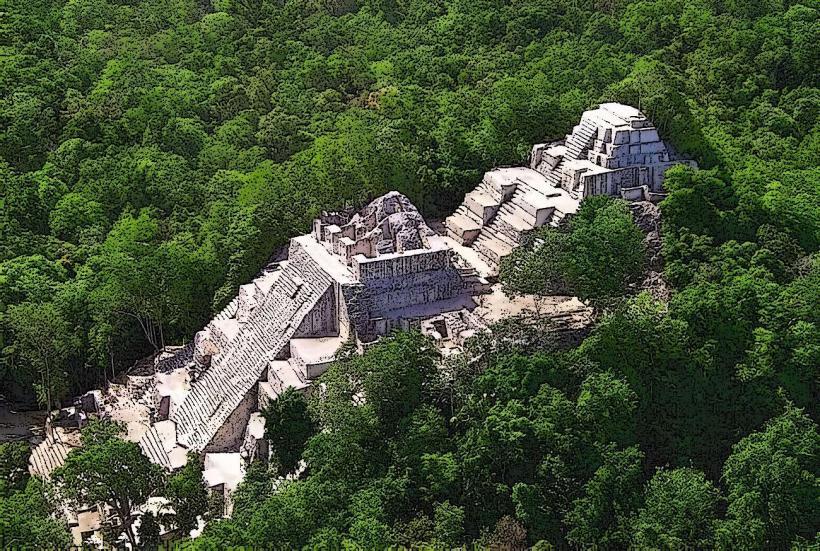Information
Landmark: Lake Petén ItzáCity: Flores
Country: Guatemala
Continent: North America
Lake Petén Itzá, Flores, Guatemala, North America
Overview
Lake Petén Itzá, shimmering under the northern Guatemalan sun, is among the largest and most stunning lakes in the Petén region, moreover it spans about 100 square kilometers-roughly 39 square miles-and sits ringed by thick tropical rainforest, where the air smells of damp earth and leaves.The lake shapes the region’s ecology, culture, and history, with still water that mirrors the sky and trails where people hike, fish, or simply sit and breathe the quiet air, furthermore some standout features of Lake Petén Itzá include its clear turquoise water, warm under the midday sun.The lake opens up to stunning vistas, with misty mountains rising behind a dense, emerald rainforest, therefore the lake’s calm surface often shines like glass, mirroring drifting clouds and the green line of trees along its edge.At sunset, the sky flares gold and crimson, making it a favorite region to take photos or simply lean back and breathe, as a result boating, kayaking, and canoeing draw visitors onto its clear water, with tours carrying them to nearby spots like Flores-island_flores" class="underline">Flores Island, Santa Bárbara Island, and the Ixpanpajul Nature Park.Kayak rentals let you paddle close to the shore, where herons stalk the shallows and turtles bask on half‑submerged logs, therefore the lake and its surrounding wetlands shelter fish, waterfowl, monkeys, toucans, parrots, and other jungle wildlife, forming a thriving ecosystem.Flores Island-center of the Petén region-charms travelers with cobblestone streets, colonial architecture, and sweeping views, and serves as a gateway to Tikal, Yaxhá, and other ancient Maya sites, likewise tiny Santa Bárbara Island, reached by boat, is crowned by the Santa Bárbara Church, which offers sweeping vistas back toward Flores.Steeped in Maya history, the Petén Itzá area holds deep cultural significance, with the lake once playing a vital role in the life of the civilization, likewise in the 17th century, the nearby Maya city of Nojpetén-today’s town of Flores-was the last Maya kingdom to fall to the Spanish.The lake, called Petén Itzá, still carries the echo of that heritage in its name."Itzá" refers to the Itzá Maya people, who once inhabited the region, on top of that nearby Attractions1."Itzá" is the name of the Itzá Maya people, who once lived in this region, where you can still imagine the sound of wind moving through ancient stone ruins, then about an hour and a half from the lake, Tikal National Park rises out of the jungle, its towering Maya temples among the most celebrated in the world.Famous for its towering temples, steep pyramids, and a jungle that hums with cicadas, Yaxhá Ruins-another ancient Maya city-sits beside the calm waters of Lake Yaxhá and offers a peaceful, less touristy alternative to bustling Tikal, therefore the area boasts striking pyramids and peaceful lakefront views, while nearby Ixpanpajul Nature Park invites visitors to zip-line above the jungle canopy, hike shaded trails, and amble high bridges through the trees; on a miniature island in the lake, Petencito Zoo shelters rescued native wildlife from the Petén region, and reaching Lake Petén Itzá is easy-fly into Mundo Maya International Airport in Santa Elena just minutes from Flores, take an 8–10 hour bus ride from Guatemala City, or drive in to explore at your own pace-making this serene lake a perfect spot to soak in northern Guatemala’s natural beauty and rich history.Whether you’re into boating, hiking, spotting a heron in the reeds, or simply stretching out by the shore, the lake brims with things to do and views that will stop you in your tracks.
Author: Tourist Landmarks
Date: 2025-09-14

